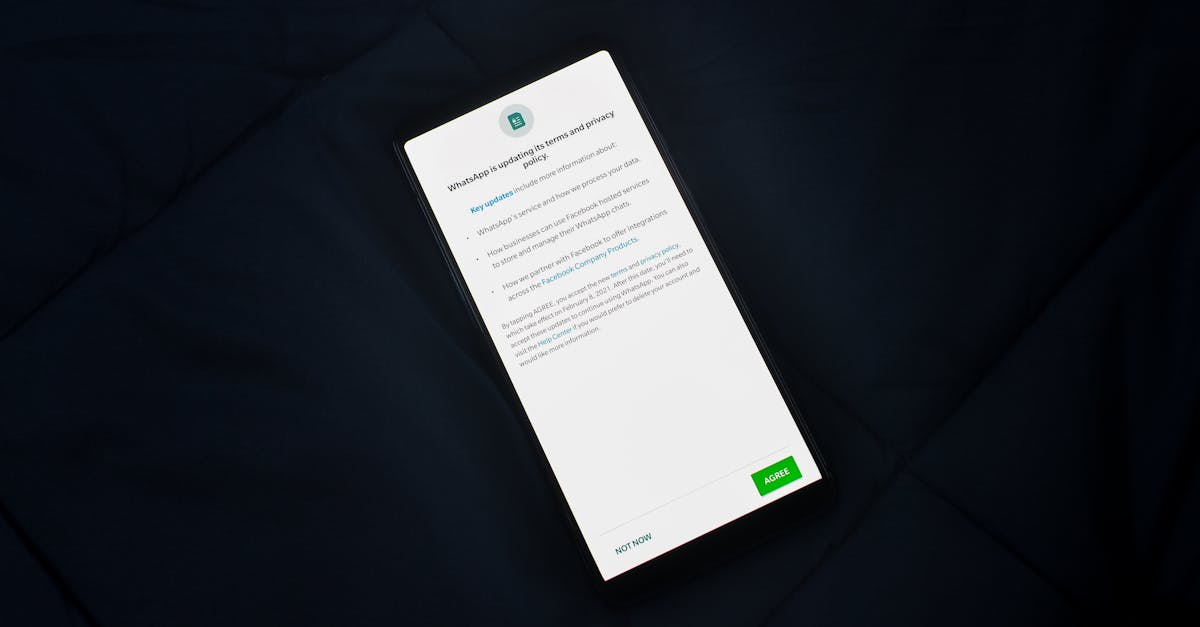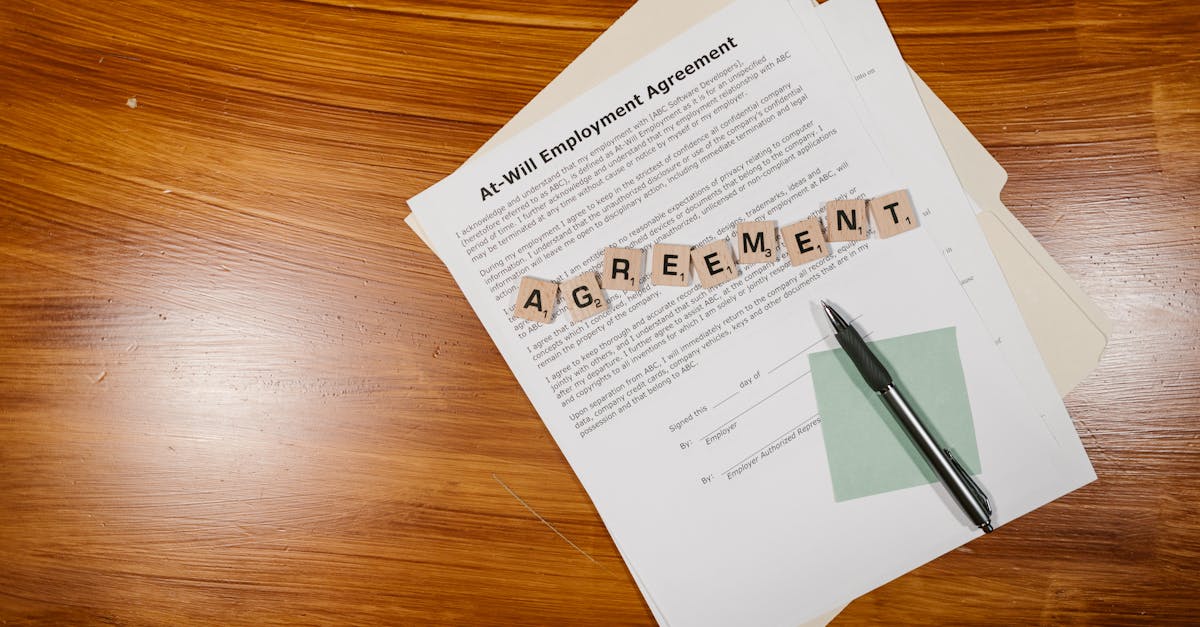
Introduction
Scaling teams shouldn’t mean scaling privacy risk. Between cross‑border hires, vendor integrations, and mountains of sensitive forms, manual onboarding leaves organizations exposed to compliance gaps, accidental PII leaks, and audit headaches—while slowing down new hires. If you manage HR, compliance, or legal for a growing business, tightening privacy at the very start of employment is now table stakes.
Document automation is the practical lever: automate consent capture and signature timestamps, auto‑issue auditable DPAs, embed PII detection and redaction in intake workflows, and enforce retention and deletion rules from day one. The sections that follow map a clear, operational path—inventorying PII and legal bases, automating cross‑border transfer records, standardizing templates, and locking down access and audit trails—so your HR onboarding is both efficient and provably compliant.
Map PII collected during onboarding and identify legal bases (consent, contract, legal obligation)
Map data fields by category. Start with a simple inventory that lists every data element collected during HR onboarding: identity (name, DOB, SSN/national ID), contact (address, phone, email), payroll (bank account, tax identifiers), benefits and health (medical history, HIPAA‑sensitive forms), emergency contacts, and background check results.
How to document it
- Field — what is collected
- Purpose — why you need it (payroll, benefits, legal compliance)
- Storage location — systems and shared drives
- Access — roles that can see it
- Retention — how long you keep it
Assign legal bases
For each PII element, record one of the primary legal bases that applies in your jurisdiction: contract (e.g., to perform the employment contract — payroll, tax IDs), legal obligation (e.g., tax and immigration records), or consent (e.g., health data where consent is required). Note that some items may require explicit consent (HIPAA health authorizations) while others are necessary to onboard the employee and therefore fall under contract or legal obligation.
Practical tips: keep this inventory linked to your HR onboarding checklist so recruiters and HR know which fields must be collected, which are optional, and which require a signed authorization. Make the inventory available to compliance teams and tie it to your published privacy notice and employment contract — see sample privacy policy and employment agreement templates for wording alignment.
Reference templates: privacy notice, employment agreement.
Automate consent capture, DPA issuance and data transfer records for cross‑border hires
Capture consent and signatures automatically. Use your HR onboarding software to present and capture signed consent and authorizations at the right step in the new hire onboarding flow. Time‑stamp each acceptance and store a versioned copy of the form.
Automate DPA and transfer records
For hires involving third‑party processors or cross‑border transfers, automate issuance of Data Processing Agreements (DPAs) and maintain transfer records. Your system should:
- Generate a DPA when a vendor or country trigger is detected.
- Attach the signed DPA to the employee’s file and the vendor record.
- Log transfer metadata (origin, destination, lawful mechanism such as SCCs or adequacy decision, dates).
Actionable checklist
- Integrate e‑signature workflows so consent and DPAs are captured in the new hire onboarding process.
- Use automated alerts for transfers that require additional legal safeguards.
- Keep an auditable record of cross‑border transfers and the legal basis for each.
Start with an auditable DPA template you can auto‑issue: DPA template.
Keywords to connect: hr onboarding process, hr onboarding software, employee onboarding, new hire onboarding.
Embed PII detection and redaction into document workflows and shared employee files
Detect PII early in workflows. Add automated PII scanning at intake points (resume upload, tax forms, benefits enrollment). Use OCR and pattern matching to flag sensitive fields like SSNs, bank numbers, and health data.
Redaction and controlled sharing
- Auto‑redact sensitive strings in non‑secure views (e.g., mask SSNs in summary screens).
- Escalate documents containing high‑risk PII to restricted workflows requiring manager approval.
- Integrate redaction into document generation so exported PDFs for payroll include only the necessary, masked fields.
Governance steps
- Implement file classification policies in shared drives and HR systems to prevent accidental exposure.
- Log who viewed or exported files containing detected PII.
- Train HR and hiring managers on how to handle flagged documents in the onboarding process and include remediation actions in your onboarding checklist.
Embedding detection reduces manual review time for new hire onboarding and supports remote employee onboarding where documents are uploaded digitally.
Create auditable templates: DPAs, privacy notices, HIPAA authorizations and NDA clauses
Standardize auditable templates. Keep a central library of signed, versioned templates for every document used in HR onboarding: DPAs, privacy notices, HIPAA authorizations, NDAs, and the employment agreement used for hiring.
Minimum template set
- Data Processing Agreement (DPA) — vendor and internal processing clauses.
- Privacy notice — employee‑facing transparency statements.
- HIPAA authorization — when collecting health‑related data.
- NDA clauses — confidentiality terms in employee contracts.
- Employment agreement — contract basis for necessary data processing.
Make them auditable
- Store templates in a versioned repository with change logs.
- Require approvals for legal or policy changes and capture the approver identity and timestamp.
- Automate insertion of the correct template into the new hire onboarding flow based on job type, location, and data triggers.
This ensures every new hire has the correct, auditable paperwork attached to their onboarding record and supports compliance reviews and audits.
Retention and deletion automation: retention schedules, automated deletion and audit trails
Define retention by data category. Create a retention schedule mapped to the PII inventory: payroll records, tax data, benefits files, recruitment materials, background checks, and health records each get specific retention windows driven by legal requirements and business need.
Automate retention enforcement
- Apply retention policies at ingestion so records carry deletion dates from day one.
- Automate deletion workflows with safe‑delete (retention hold) options for litigation or investigations.
- Generate deletion logs and immutable audit trails showing what was deleted, when, and by whom.
Operational tips
- Expose retention status in the HR onboarding checklist and employee file summary so HR knows which items will expire.
- Provide an exception workflow for records that must be extended, with documented legal justification.
- Integrate automated archival to secure long‑term storage for records that must be retained offline.
These steps reduce risk, keep your HR onboarding process tidy, and make it straightforward to demonstrate compliance during audits.
Implementation checklist: least privilege access, encryption, vendor controls and template versioning
Checklist for secure, compliant HR onboarding implementation. Use this as the last step in your rollout to ensure controls are in place before running at scale.
- Least privilege & RBAC — restrict access to employee data by role; enforce role reviews quarterly.
- Multi‑factor authentication — require MFA for HR admins and system integrators.
- Encryption — encrypt PII at rest and in transit; ensure backups are encrypted.
- Vendor controls — require signed DPAs, perform due diligence, and monitor vendor compliance.
- Template versioning & approvals — centralize templates with change logs and approval gates.
- Monitoring & audit logs — capture access, exports, and administrative changes for all onboarding records.
- User training — include HR onboarding best practices, employee orientation programs, and remote employee onboarding procedures in staff training.
- Metrics & measurement — track onboarding checklist completion, time‑to‑productivity, and retention metrics to measure success of HR onboarding programs and support continuous improvement.
Implement these items through your HR onboarding software and link the controls back to your onboarding checklist and onboarding templates to ensure consistent, repeatable, and auditable new hire onboarding.
Summary
Putting privacy first at the start of employment means mapping what you collect, automating consent and cross‑border records, embedding PII detection and redaction, and enforcing retention and deletion from day one. Those building blocks — auditable templates, automated DPAs and signatures, file classification, and least‑privilege access — reduce manual risk, speed new hires through paperwork, and give legal and HR teams provable audit trails. Document automation turns these controls into repeatable workflows that cut administrative work and make compliance demonstrable. Get started with templates and automation at https://formtify.app.
FAQs
What is HR onboarding?
HR onboarding is the process of integrating a new hire into your organization, covering paperwork, role setup, policy acknowledgments, and introductions. A privacy‑first approach ensures required PII is collected with the right legal basis and that consent, signatures, and access controls are captured and auditable.
How long should HR onboarding take?
There’s no one‑size‑fits‑all timeline: basic administrative steps can be completed in the first few days, while full role integration often takes 30–90 days. Automation shortens time spent on paperwork and compliance steps, letting new hires get to productive work faster.
What are the key steps in the HR onboarding process?
Core steps include collecting and mapping PII, capturing consent and signed agreements, issuing DPAs where required, setting up access and payroll, and applying retention policies. Embedding PII detection, redaction, and auditable templates makes these steps consistent and defensible.
How do you measure the success of HR onboarding?
Measure with a mix of operational and compliance metrics: onboarding checklist completion rates, time‑to‑productivity, time spent on administrative tasks, and the number of privacy incidents or exceptions. Track audit logs and retention status to demonstrate that processes are followed and risks are controlled.
What is the difference between onboarding and orientation?
Orientation is a short event—an introduction to the company, benefits, and immediate logistics—while onboarding is the broader, ongoing process that sets expectations, completes compliance steps, and integrates the employee into their role. Onboarding includes orientation but also covers documentation, training, access provisioning, and retention/PII controls over time.





